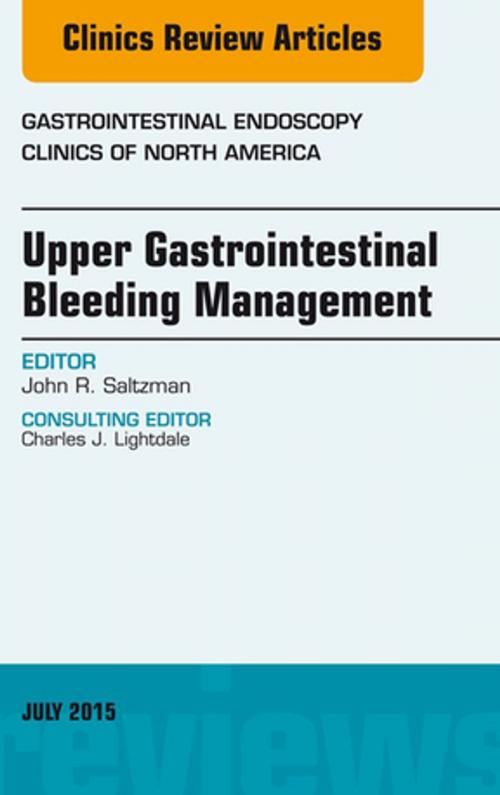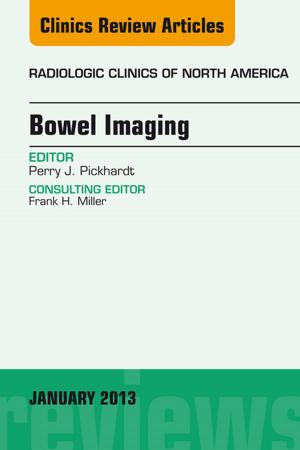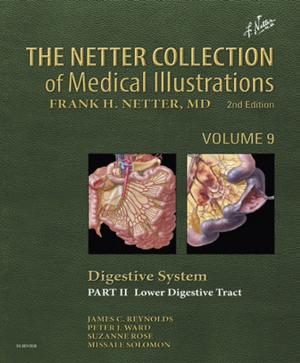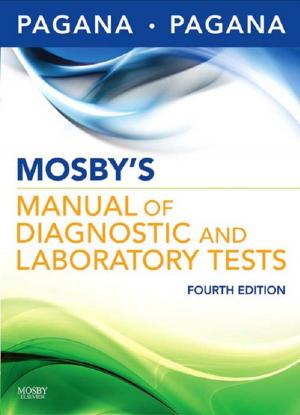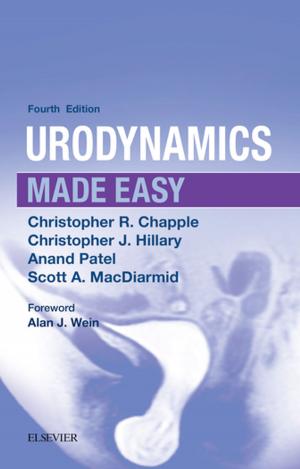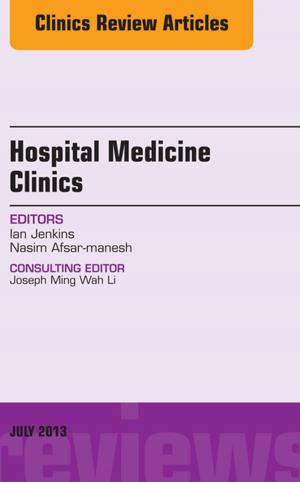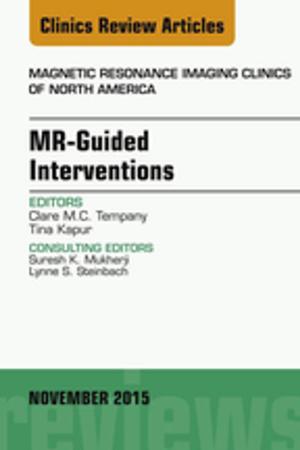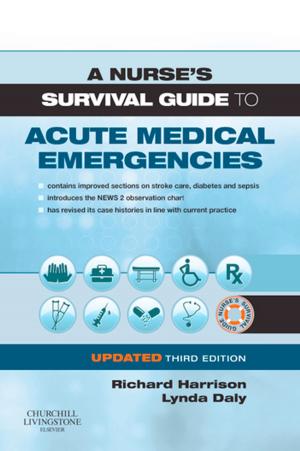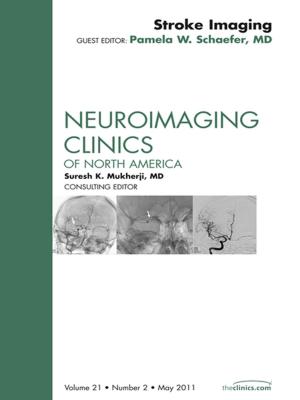Upper Gastrointestinal Bleeding Management, An Issue of Gastrointestinal Endoscopy Clinics, E-Book
Nonfiction, Health & Well Being, Medical, Specialties, Internal Medicine, Gastroenterology, Reference| Author: | John R. Saltzman, MD, FACP, FACG, FASGE, AGAF | ISBN: | 9780323390996 |
| Publisher: | Elsevier Health Sciences | Publication: | July 24, 2015 |
| Imprint: | Elsevier | Language: | English |
| Author: | John R. Saltzman, MD, FACP, FACG, FASGE, AGAF |
| ISBN: | 9780323390996 |
| Publisher: | Elsevier Health Sciences |
| Publication: | July 24, 2015 |
| Imprint: | Elsevier |
| Language: | English |
Upper gastrointestinal bleeding is the leading emergency leading to hospitalization and urgent endoscopy. The field of gastrointestinal bleeding is rapidly evolving. The epidemiology is changing with more complex older patients on anticoagulant and antithrombotic agents presenting with upper gastrointestinal bleeding. The initial management has rapidly evolved with new transfusion thresholds, the use of risk stratification scores and no more nasogastric tubes. There is new data and recommendations on optimal timing of endoscopy. Medical therapies have also evolved with changes in proton pump inhibitor administration and the use of prokinetics to improve endoscopic visualization. Many modifications in endoscopic therapy have recently been advanced including the use of endoscopic ultrasound guided angiotherapy, topical sprays (i.e. Hemospray) and over-the-scope clips. In order to give optimal care to patients, it is critical that practicing gastroenterologists are aware of the many recent advances in management of patients with upper gastrointestinal bleeding.
Upper gastrointestinal bleeding is the leading emergency leading to hospitalization and urgent endoscopy. The field of gastrointestinal bleeding is rapidly evolving. The epidemiology is changing with more complex older patients on anticoagulant and antithrombotic agents presenting with upper gastrointestinal bleeding. The initial management has rapidly evolved with new transfusion thresholds, the use of risk stratification scores and no more nasogastric tubes. There is new data and recommendations on optimal timing of endoscopy. Medical therapies have also evolved with changes in proton pump inhibitor administration and the use of prokinetics to improve endoscopic visualization. Many modifications in endoscopic therapy have recently been advanced including the use of endoscopic ultrasound guided angiotherapy, topical sprays (i.e. Hemospray) and over-the-scope clips. In order to give optimal care to patients, it is critical that practicing gastroenterologists are aware of the many recent advances in management of patients with upper gastrointestinal bleeding.
